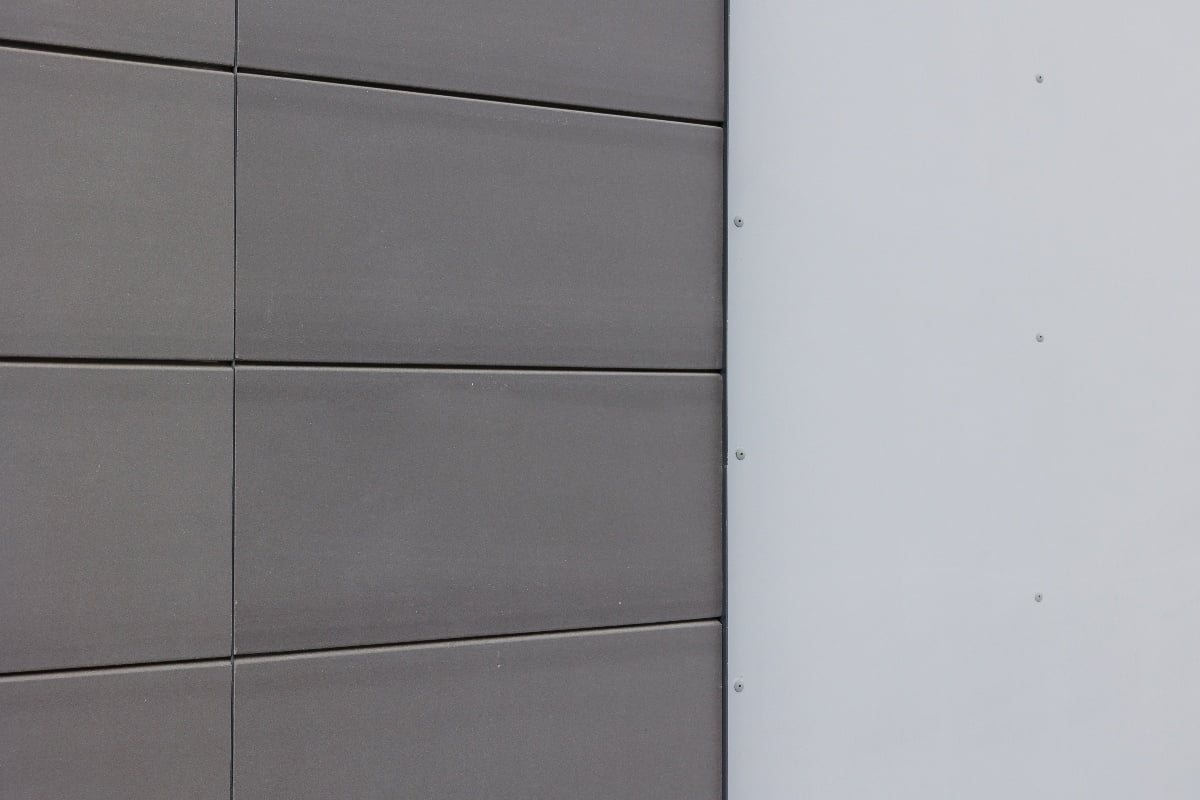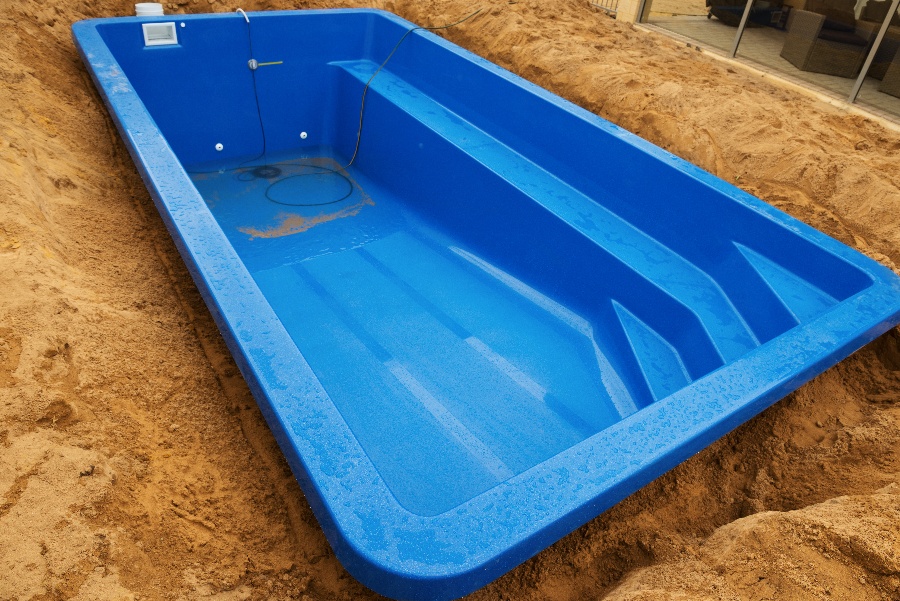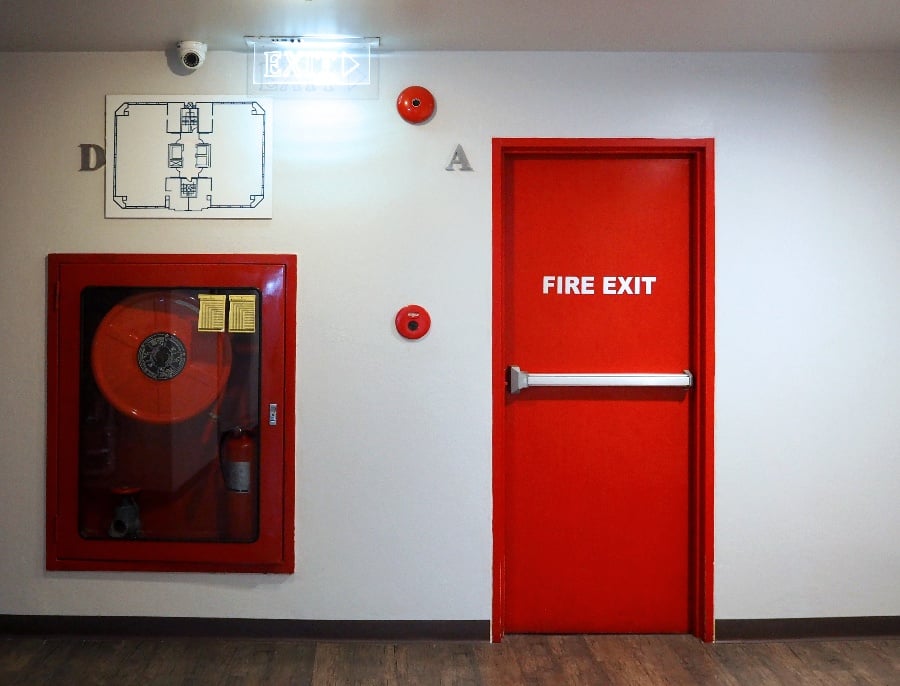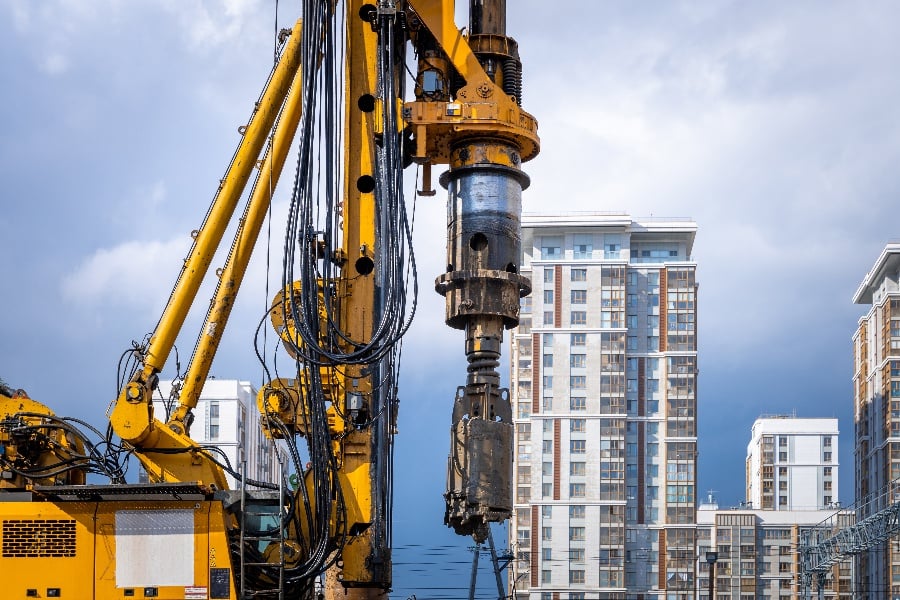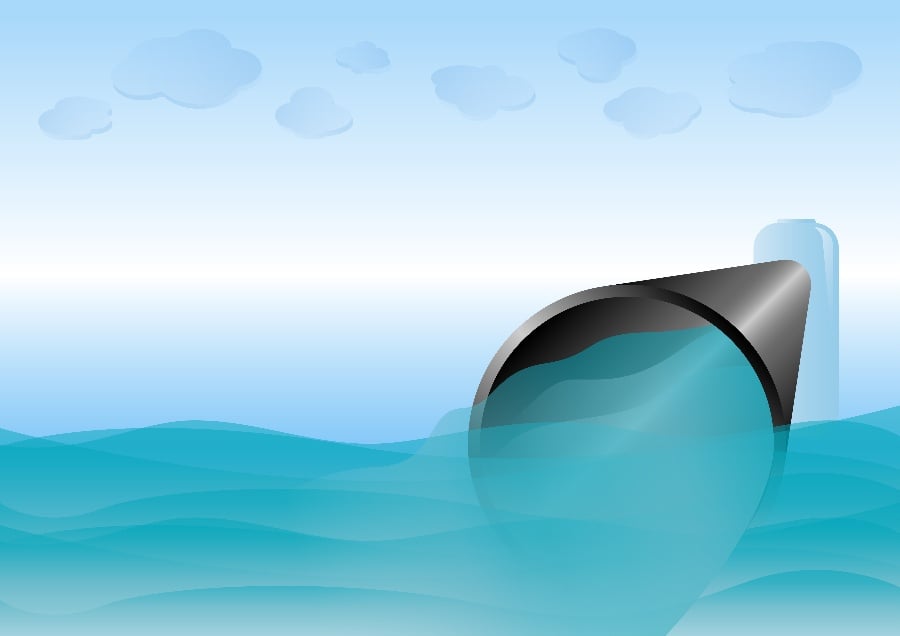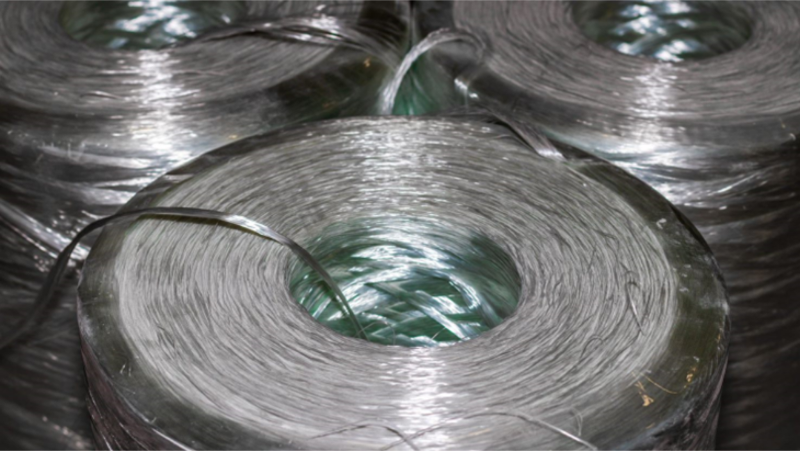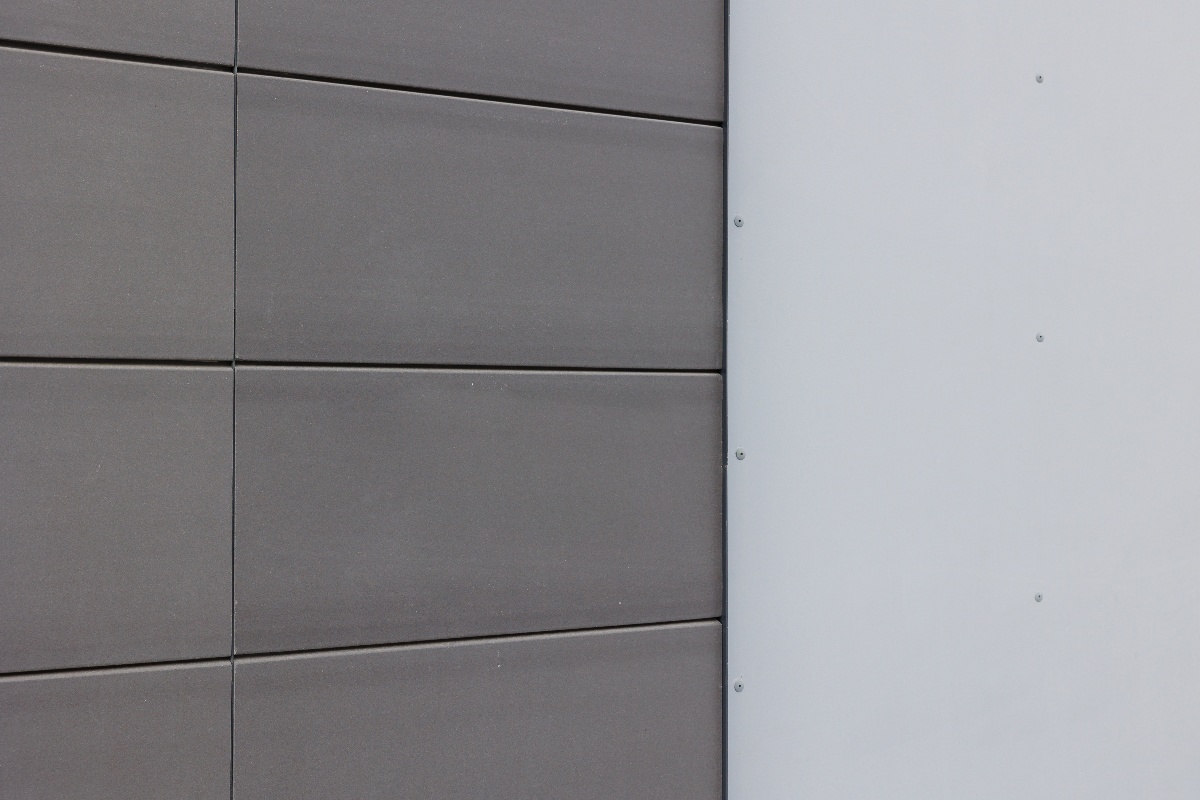
Curtain wall systems have revolutionized modern architecture, enabling the creation of stunning glass façades and expansive, light-filled spaces. These systems are non-structural cladding systems for the external walls of buildings. They are typically made of lightweight materials, which reduces construction costs while allowing for architectural creativity.
The versatility of curtain walls extends from grand commercial skyscrapers to residential structures, making them a staple in contemporary urban landscapes. Their primary function is to protect the interior from external elements while offering aesthetic appeal.
These systems have evolved over time, integrating advanced technology and materials to meet the demands of modern construction. The design freedom offered by curtain walls allows architects to experiment with shapes, colors, and textures, contributing significantly to the identity and character of buildings.
In this article, we will discuss curtain wall insulation and how to select the right material for your building.
Importance of Insulation in Curtain Walls for Energy Efficiency and Environmental Control
Effective insulation is key to achieving energy efficiency in buildings, a critical aspect in today’s environmentally conscious world. Curtain wall insulators play a vital role in minimizing heat transfer between the interior and exterior environments, thereby reducing the energy required for heating and cooling. This not only leads to significant cost savings over the building's lifecycle but also contributes to a lower carbon footprint.
In addition to energy efficiency, proper insulation in curtain walls is crucial for environmental control. It ensures a comfortable indoor environment by stabilizing internal temperatures and reducing the infiltration of outside noise. In urban settings, where noise pollution is a common concern, well-insulated curtain walls can significantly enhance the quality of life for occupants.
Fundamentals of Curtain Wall Insulation
Curtain wall insulators are materials or assemblies used within curtain wall systems to prevent unwanted heat transfer and aid in managing the internal climate of a building. These insulators are strategically placed within the curtain wall system to maximize energy efficiency while maintaining the structural integrity and aesthetic value of the façade.
The primary function of these insulators is to create a thermal barrier, reducing the conductive and convective heat transfer through the curtain wall. They are designed to fit seamlessly into various types of curtain wall systems, including stick systems, unitized panels, and structural glazing.
Thermal Performance, Sound Dampening, and Fire Resistance
Curtain wall insulators are critical in enhancing the thermal performance of a building. By reducing heat loss in winter and heat gain in summer, they play a significant role in maintaining consistent interior temperatures. This leads to a more comfortable living and working environment and reduces the reliance on heating, ventilation, and air conditioning (HVAC) systems.
Apart from thermal performance, these insulators also contribute to sound dampening. They help in reducing the transmission of external noises into the building, which is particularly important in dense urban areas.
Moreover, many curtain wall insulators are designed with fire-resistant properties. This is a crucial aspect, given the large surface area curtain walls cover, which could potentially contribute to the spread of fire if not properly managed.
Curtain Wall Insulation Material Selection
Dealing with Climatic Variations and Extreme Weather Conditions
Different geographic regions present unique climatic challenges. For instance, areas with extreme temperatures require insulation materials that can withstand significant thermal stress. In coastal regions, materials must resist moisture and salt corrosion, while in windy locales, they must handle high wind loads.
The key lies in choosing materials based on regional climatic conditions. For extreme temperatures, materials with high R-values (a measure of thermal resistance) are preferred. In humid and coastal areas, materials resistant to moisture and corrosion should be selected. Additionally, conducting thorough testing and analysis of materials under simulated environmental conditions can help in selecting the most suitable insulation for specific climatic challenges.
Balancing Energy Efficiency with Cost-Effectiveness
Achieving high levels of energy efficiency often involves using advanced, and sometimes expensive, insulating materials. This can significantly increase the overall cost of the curtain wall system, posing a challenge, especially in budget-restricted projects.
An effective approach is to conduct a life-cycle cost analysis (LCCA) to evaluate the long-term financial benefits against the initial investment. Materials that offer better energy savings over time may justify a higher upfront cost. Additionally, integrating multi-functional materials that offer both insulation and structural support can optimize costs. Incremental improvements in traditional materials can also be a cost-effective way to enhance energy efficiency.
Addressing Sustainability and Environmental Impact
The production and disposal of curtain wall insulation materials can have significant environmental impacts. Materials that are not sustainable or are harmful to the environment contradict the growing emphasis on green building practices.
The focus should be on selecting materials that are not only effective insulators but also environmentally friendly. This includes materials that are recyclable, have low embodied energy, and are sourced from sustainable processes. Innovations in bio-based and recycled materials are paving the way for more sustainable options. Evaluating the entire lifecycle of insulation materials, from production to disposal, is essential in making environmentally responsible choices.
The selection of curtain wall insulation materials requires a careful balancing act between addressing climatic challenges, ensuring cost-effectiveness, and being environmentally responsible. By considering these factors holistically and adopting innovative solutions, it is possible to achieve optimal performance while adhering to sustainability and budgetary constraints.
Fiberglass Reinforced Plastic (FRP) for Curtain Wall Insulation
Fiberglass Reinforced Plastic (FRP) is an attractive material for curtain wall insulation.
Strength and Durability
FRP is renowned for its high strength-to-weight ratio. This characteristic makes it an excellent material for curtain wall applications where structural integrity is paramount. Its durability also ensures a long lifespan, reducing the need for frequent replacements or maintenance.
Thermal Insulation
FRP offers superior thermal insulation properties. Its low thermal conductivity makes it an effective barrier against heat transfer, contributing significantly to the energy efficiency of buildings. This aspect is particularly beneficial in regions experiencing extreme temperature variations.
Resistance to Environmental Factors
FRP is resistant to a variety of environmental factors, including moisture, corrosion, and UV radiation. This resistance makes it suitable for use in diverse climates, from humid coastal regions to areas with high sun exposure.
Advantages of Using FRP in Curtain Wall Insulation
Energy Efficiency
By improving the thermal insulation of curtain walls, FRP can substantially reduce energy consumption for heating and cooling. This efficiency contributes to lower energy bills and a reduced carbon footprint, aligning with global efforts for energy conservation. Metal, being a conductive material, can compromise the thermal barrier that curtain walls aim to provide. In contrast, FRP offers a non-conductive, insulating alternative that enhances the overall energy efficiency of the building.
The inherent non-conductive nature of fiberglass makes it an ideal material to prevent heat transfer, thereby enhancing the thermal insulation of the entire curtain wall system. This improvement is not just marginal but significantly large, contributing to a marked increase in energy efficiency.
Design Flexibility
FRP can be molded into various shapes and sizes, offering architects and designers greater flexibility in curtain wall design. This flexibility allows for the creation of unique and aesthetically pleasing building façades.
Building Weight Reduction
FRP stands out for its exceptional strength-to-weight ratio, providing the necessary structural integrity required for curtain walls while being significantly lighter than metal. This aspect is crucial in high-rise buildings where every pound matters in the overall structural calculation.
Replacing metal fastenings and connections with FRP can lead to a substantial reduction in the weight of the curtain wall system. This weight reduction is not just beneficial in terms of structural load but also impacts the transportation and installation processes, making them more efficient and cost-effective.
The potential of Fiberglass Reinforced Plastic as a material for curtain wall insulation is considerable. Its combination of strength, thermal efficiency, and environmental resistance makes it an attractive option for modern building designs. As the construction industry continues to evolve towards more sustainable and efficient practices, materials like FRP are likely to play a pivotal role in shaping the future of architectural design.

